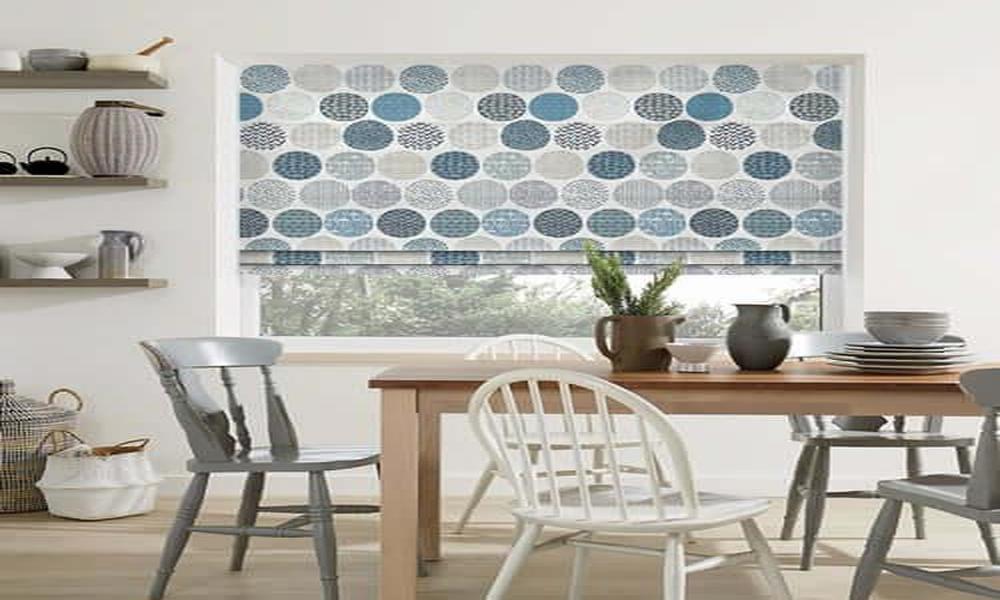Transforming your rooms with pattern blinds can be a fantastic way to add a unique and stylish touch to your space.
Determine Your Style:
Start by considering the overall style and theme of your room. Think about the colors, patterns, and textures that will complement your existing decor. Decide on the mood you want to create, whether it’s bold and vibrant or subtle and elegant. This will help you choose the right pattern blinds that align with your vision.
Measure Your Windows:
Accurate measurements are crucial to ensure that your pattern blinds fit properly. Measure the width and height of each window you plan to cover. Note down these measurements for reference when selecting the blinds. If you’re unsure, consult a professional or refer to manufacturer guidelines for measuring windows.
Explore Pattern Options:
Browse through different patterns available for blinds. Look for designs that resonate with your style and enhance the overall aesthetic of the room. Consider elements such as floral motifs, geometric shapes, abstract patterns, or stripes, depending on your preferences. Take into account the size of the pattern and how it will translate onto the blinds.
Order or Customize:
Once you’ve settled on a pattern and material, you can either order ready-made pattern blinds or customize them according to your measurements and preferences. Many retailers and manufacturers offer customization options, allowing you to choose the exact dimensions, pattern placement, and other features like cordless operation or motorization.
Why Pattern Blinds are So Popular Choice for Commercial Spaces?
Pattern blinds are a popular choice for commercial spaces for several reasons. Here’s why they are often preferred in commercial settings:
Visual Appeal: Pattern blinds add a touch of visual interest and enhance the overall aesthetics of commercial spaces. They can instantly transform a plain and mundane environment into a vibrant and engaging atmosphere. Patterns, whether bold or subtle, can create a dynamic and eye-catching focal point in the room, leaving a lasting impression on clients, customers, or employees.
Branding and Identity: Pattern blinds provide an opportunity for businesses to showcase their branding and identity. Custom patterns or designs can be created to incorporate company logos, colors, or motifs. This branding integration helps reinforce brand recognition and creates a cohesive look throughout the commercial space. It allows businesses to personalize their environment and leave a memorable impression on visitors.
Differentiation and Uniqueness: In a competitive commercial landscape, businesses need to stand out and differentiate themselves. Pattern blinds offer a unique and distinct element that sets a commercial space apart from others. They create an ambiance that reflects the personality and style of the business, making it memorable and distinct in the minds of clients and customers.
Privacy and Light Control: Commercial spaces often require privacy and the ability to control the amount of natural light entering the room. Pattern blinds provide an effective solution by offering both privacy and light control functionalities. They can be adjusted to regulate the amount of light, create a filtered ambiance, or completely block out light when needed.
Enhanced Productivity and Comfort: The right choice of pattern blinds can contribute to a more comfortable and productive work environment. They can help control glare on screens, regulate room temperature by blocking or filtering sunlight, and reduce outside noise. These factors contribute to a more pleasant and conducive workspace, positively impacting employee well-being and productivity.

